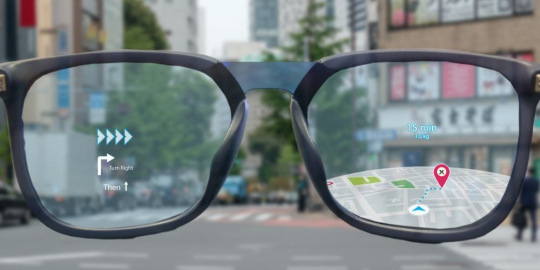
In a move that seems straight out of a sci-fi novel, Meta is giving us a taste of the future with its latest experimental feature – a conversational AI chatbot built into its stylish Ray Ban Stories glasses. While the concept of interacting with artificial intelligence is not new, the integration into a daily fashion accessory pushes the boundaries of how technology intertwines with the mundane. This cutting-edge project opens up a world where information is not just at our fingertips but in our field of vision, poised to redefine our relationship with smart devices.
At the heart of this innovation lies the vision of seamless interaction with technology. Unlike clunky devices of the past, Ray Ban Stories, with an integrated AI, promises unobtrusive access to a world of information. Meta's initiative combines the discreet elegance of sunglasses with the practicality of a virtual assistant. Regardless of whether the wearer is pondering the species of a roadside flower or navigating a bustling city street, the AI system within their spectacles will be at the ready to offer assistance – a voice command away from enlightening the user with data pulled from the expansive depths of the internet.
Another aspect of Meta's ingenuity is its use of existing social behaviors to introduce new technology applications. Communicating with a device by voice harkens back to the fundamental human experience of conversation, dispensing with the need to peer at a screen. However, Ray Ban Stories currently require a tether to a smartphone, flaunting them as a forerunner to even more autonomous technology down the road. For now, users may look peculiar conversing with their eyewear, but such eccentricities may soon become as normalized as using a smartphone in public is today.
While early adopters may revel in the novelty of these high-tech shades, Meta is playing the long game. As voice-activated technology becomes more refined and ubiquitous, devices like these will likely evolve beyond mere fancy. The integration into everyday life hints at an era where personal AIs serve as unobtrusive companions. This, coupled with potential expansion into the realms of prescription eyewear, opens up a market beyond the trendsetters and into the broader public sphere.
In conclusion, the Ray-Ban Stories are more than a passing gimmick; they're a harbinger of a transformative technological epoch. Meta's venture may be a small step for tech today, but it's a giant leap for the human-computer interface of tomorrow. As we look ahead, the line between digital and physical continues to blur, bringing with it the promise of augmented interaction woven into the very fabric of daily life. Virtual assistants that cater to our visual and auditory senses may become as indispensable as the smartphones they are currently paired with. Indeed, the future of tech wearability is looking stylishly smart.